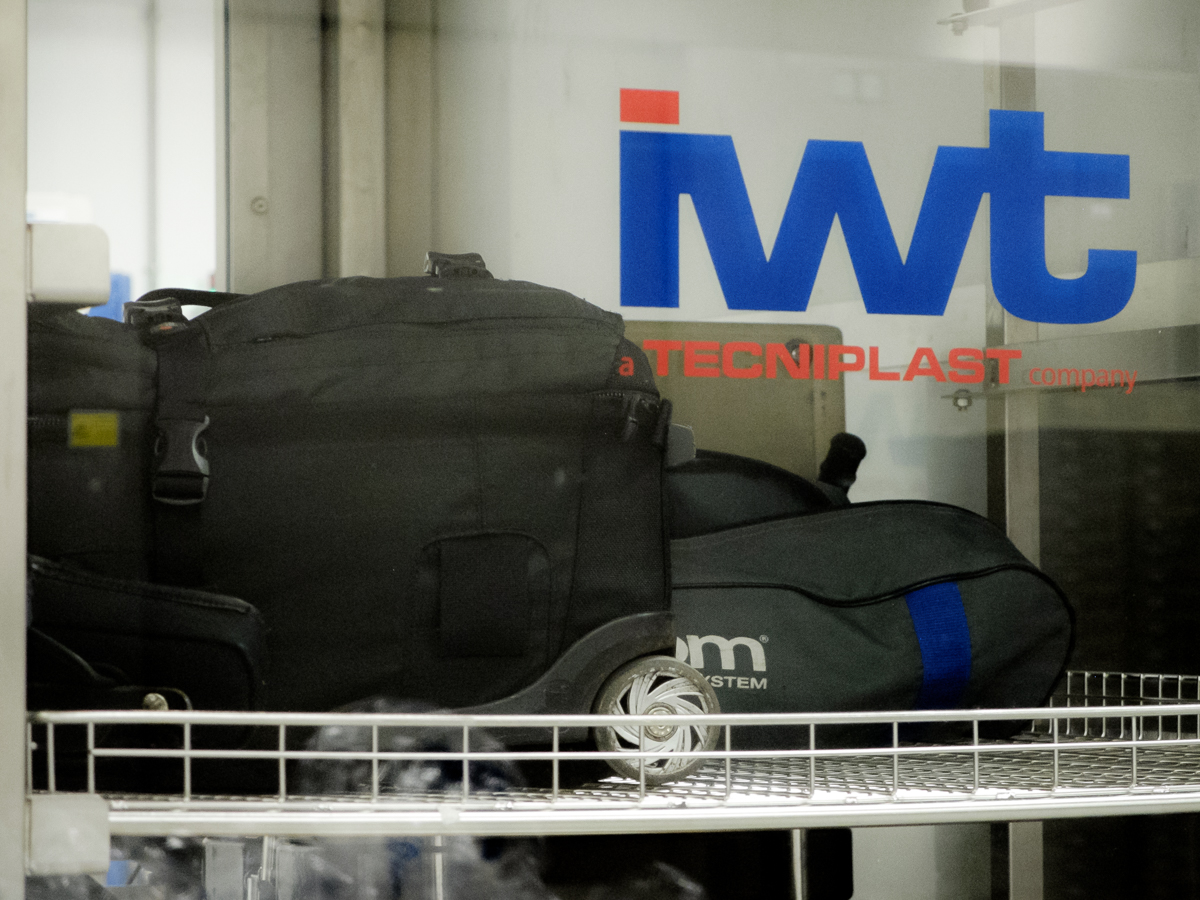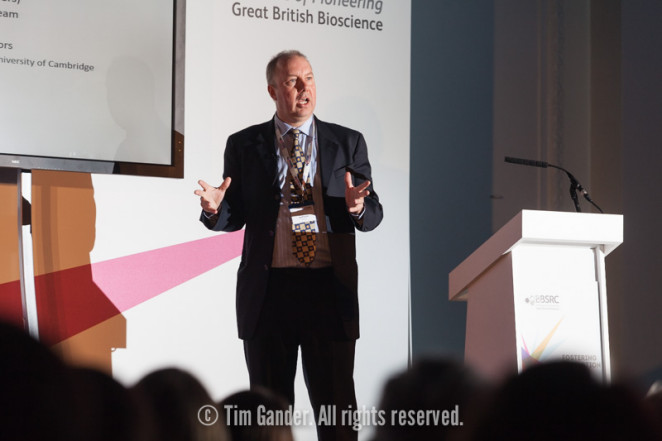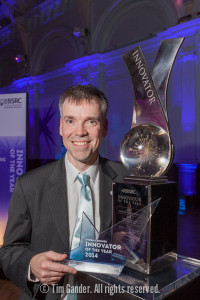Press photography coverage for a ministerial visit isn’t always going to produce a prize-winning image, but I like to make sure I manage to get at least a couple of off-beat images for the client even if the subject is on the dry side of arid.
Politicians are very aware of the camera now, which can lead to rather staid situations being presented. Even so, when I covered the visit of David Willetts MP to the Babraham Institute near Oxford, I achieved some decent frames. Certainly the client, BBSRC, were happy.
I thought for this week’s article I’d use this event to give you some idea of what’s involved in this kind of event and the kinds of shots to expect.
It’s often worth grabbing a general view or two for reference. If I’m at a conference, for example, I’ll try to get a shot of the empty stage so the client has a record of the layout and design. This is a simple view of the recently-finished building the minister was officially opening.
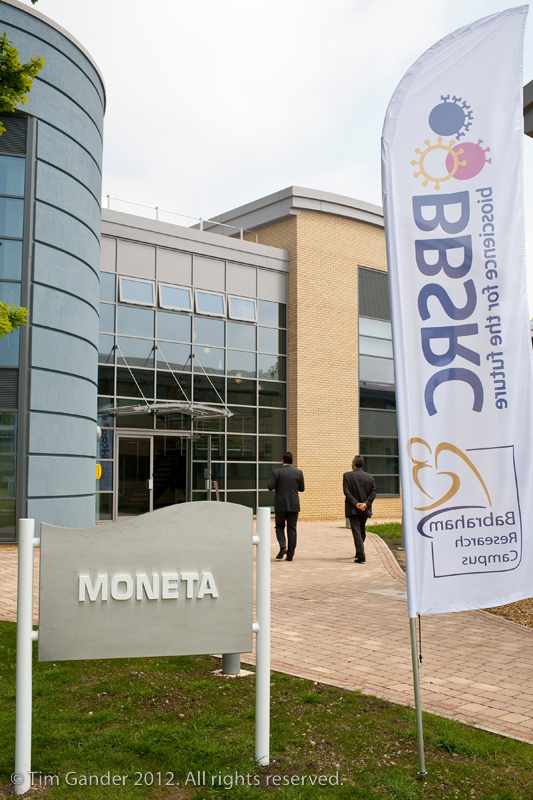
Plaque-unveiling barely counts as a photo opportunity. Even pulling other elements into the frame barely elevates the scenario, but you have to cover everything in case the curtain pole falls down or someone’s forgotten to put the plaque up!
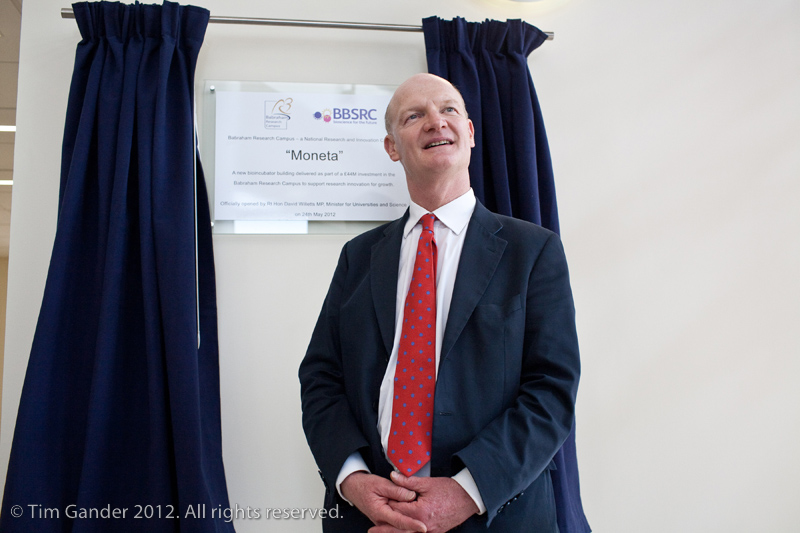
Boys and their toys… People and large machines don’t always make a nice, tight press shot. The best images of Mr Willetts cutting the first sod on a new project cut out most of the digger itself. You don’t need the entire machine to see what he’s doing.
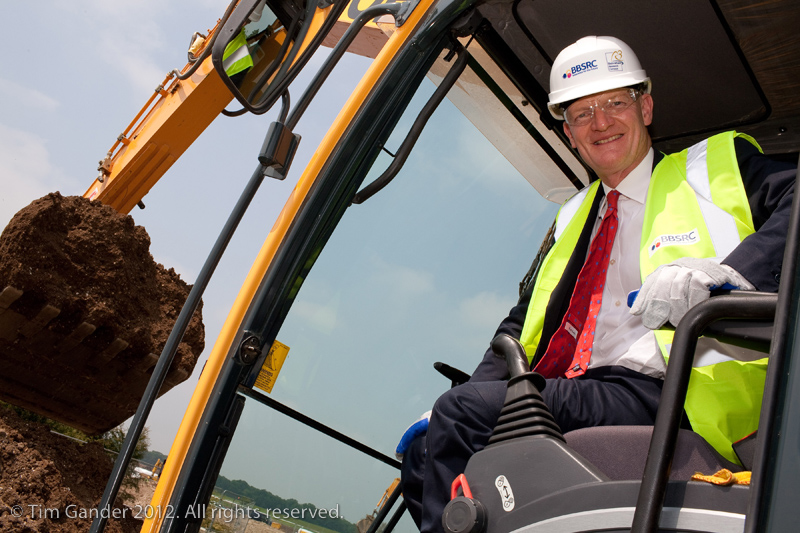
The ubiquitous group shot. What can I say? Except that not all photographers are capable of arranging a decent group photo, and some will balk at taking command of people they may feel they should show more deference to. Personally, I find the only way yo get the job done properly and quickly is to be a little bossy, but always polite.
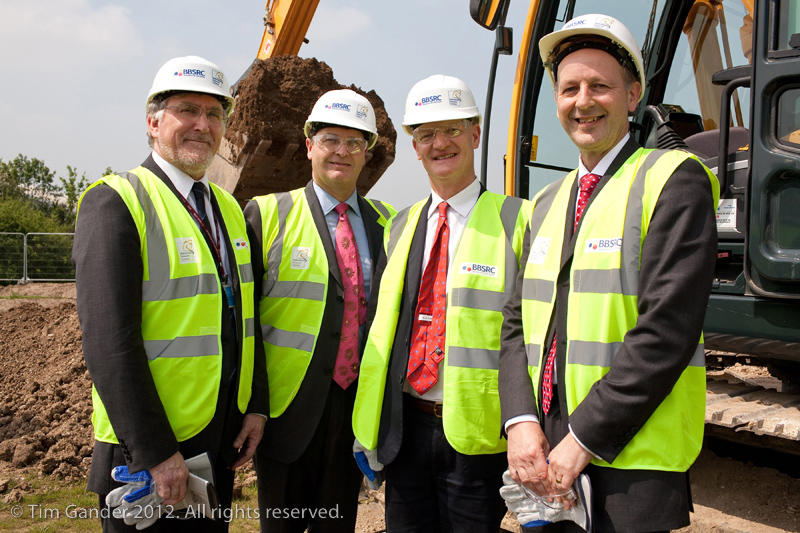
An old trick, where there’s no mirror handy, is to use the reflection of the TV camera lens to make adjustments to dress before interview. As a still image it just provides more flavour to the coverage.
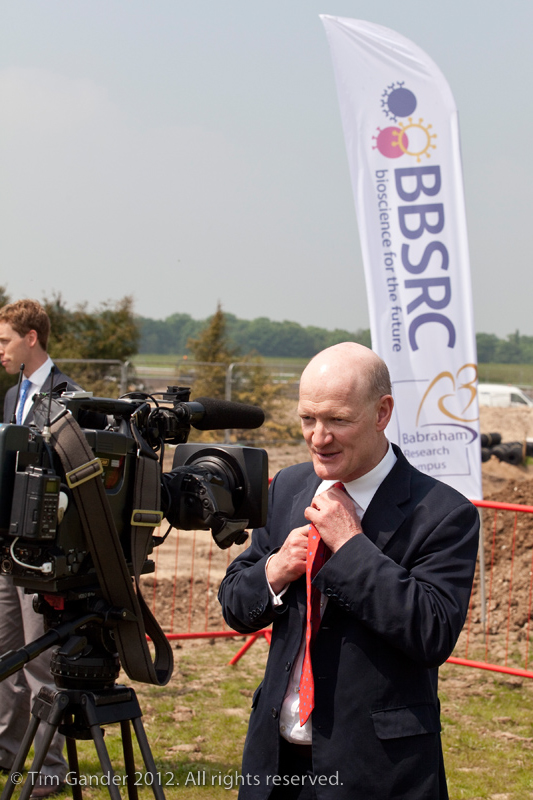
The client will never object to having their name in the photo. This kind of shot is probably of less interest to external press, but often works for the website and internal communications.

Once the speeches are done, the minister is back in the car and off to the next meeting. No pictures, but I do stay close in case a final opportunity presents itself.
After the minister departed, it was time to get the pictures turned around quickly for the client so they could be sent out with the press release.
Another press job done, another satisfied customer.

